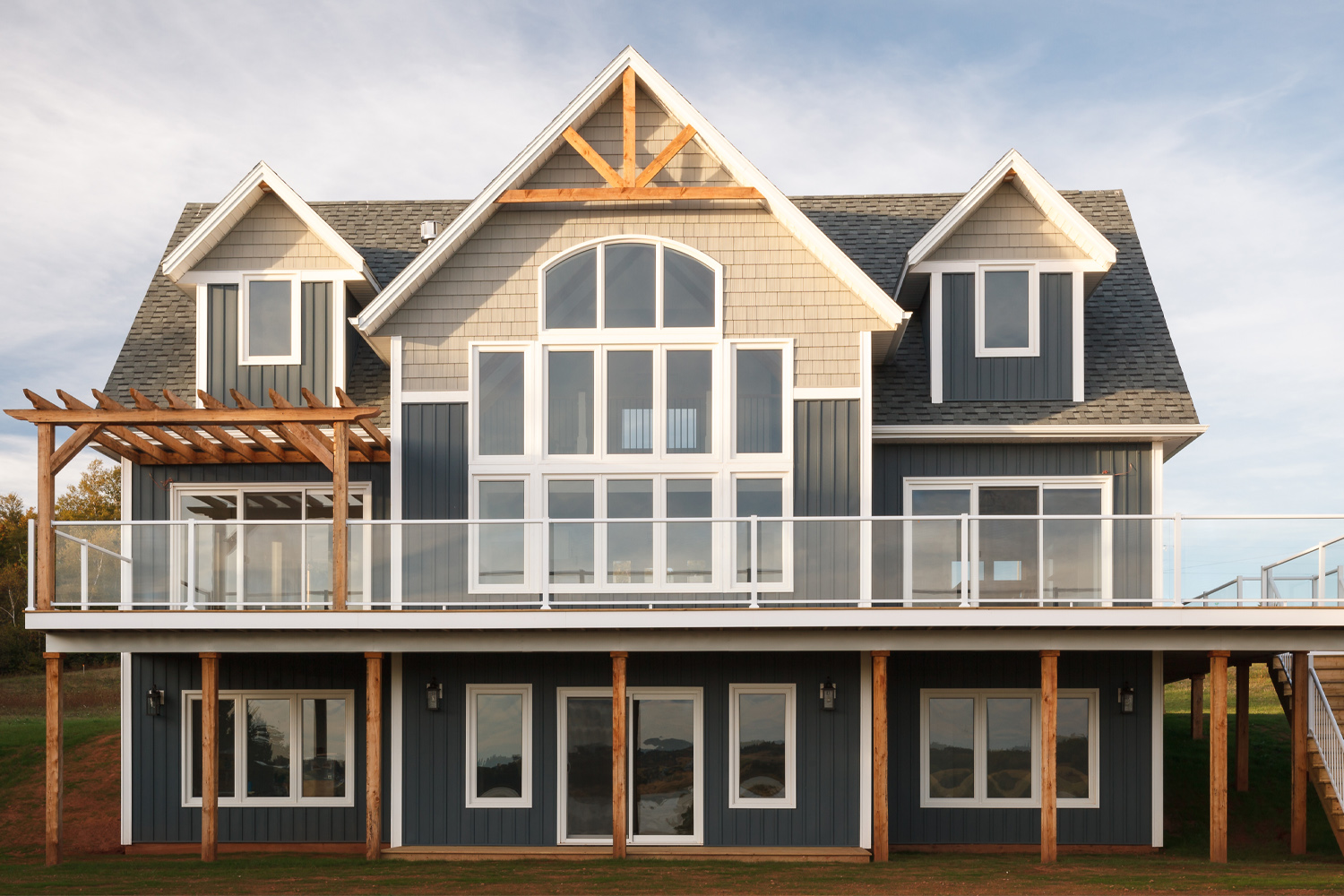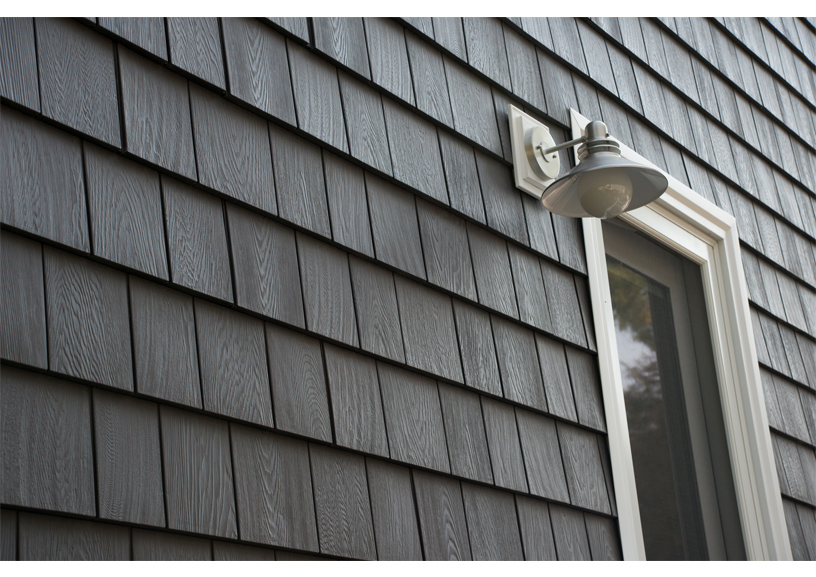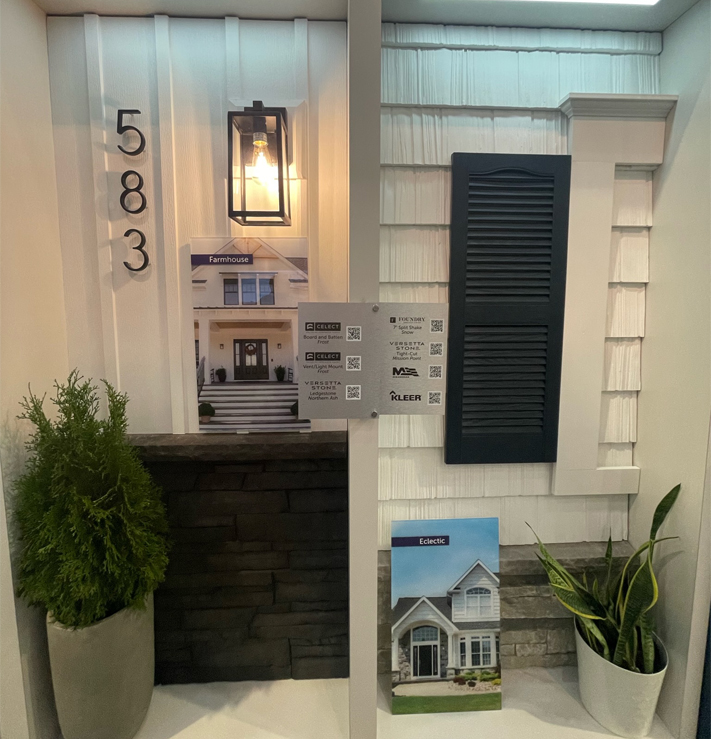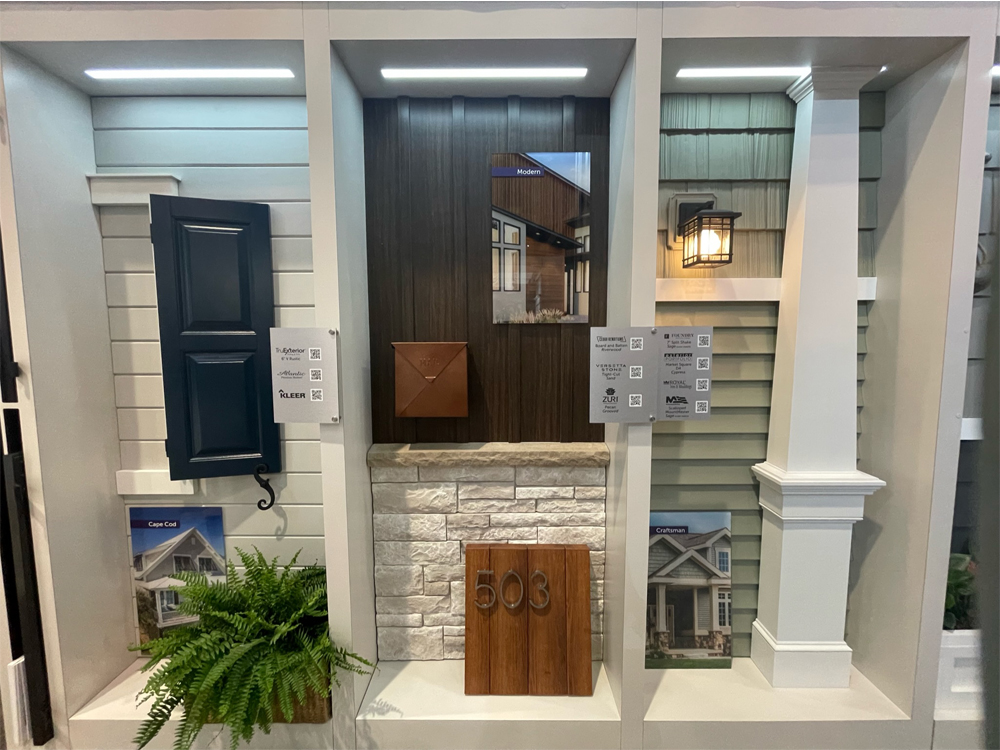When it comes to dream homes, you can’t get much more dreamy than a houseboat. And this 840-square-foot houseboat completed last year by Brad Schnoor is no exception.
Located in inland central California east of Modesto, Don Pedro Lake offers 160 miles of shoreline and a host of activities including boating, swimming, and waterskiing. It’s also a popular houseboating spot, with Schnoor’s project one of its most recent remodels.
For his first houseboat project, Schnoor took the home down to its studs, keeping only the original steel frame and pontoons.
Inside is fully modernized with two bedrooms and two bathrooms, plus a great room with kitchen and living room. Outdoor living spaces envelope the home, with a covered porch on the lower level and the top level featuring a fully outfitted outdoor kitchen, bar seating, lounge area, canopy, and ceiling fans.

In creating the exterior, Schnoor did a lot of research into what cladding was the best fit for a home on the water, and he eventually requested a sample of Celect™ Cellular Composite Siding. “I knew there wouldn’t be rot or rust issues,” Schnoor recalls.
Indeed, Celect combines the look of real wood but is engineered to stand up to harsh weather conditions, is low maintenance, and has a fade-resistant Kynar Aquatec® coating. Celect requires no painting or caulking, and its patented interlocking joints keep moisture out so boards stay straight and true.
The houseboat’s entire exterior is clad in 7” Celect clapboard siding and Celect trim, both in Frost. After almost a year on the water, Schnoor reports that he has seen no movement, despite the moisture and the area’s vast temperature swings. “We’re completely happy with how it turned out,” the builder says. “We’re really pleased, and we get lots of questions about it.”
Schnoor says he plans to use Celect for future houseboat and coastal projects based on its performance.

In addition to Celect siding, Schnoor installed Cedar Renditions™ 6” aluminum soffit, in the Grey Oak color, on the ceiling of both lower- and upper-level outdoor spaces. Cedar Renditions is water-resistant, impervious to cold, insect-proof, and extremely durable while remaining virtually maintenance free.








